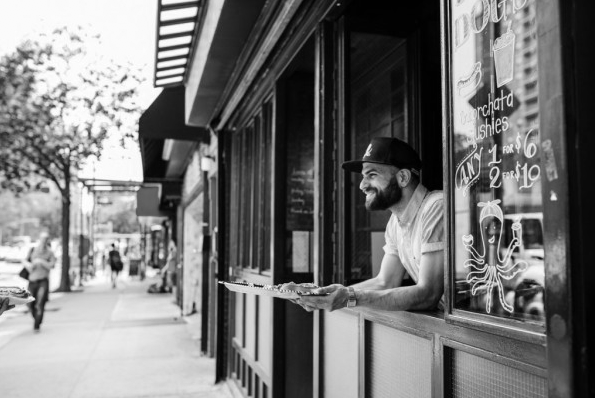

1. Figure out what your variable and fixed costs are. These will form the basis of your budget, and give you a basic guideline for how much money you’ll need to operate smoothly. Decide how much you want to spend on fixed costs per month. For variable costs, account for them on a percentage basis.
2. Most variable costs will eventually become fixed costs as your business stabilizes. For example, when you’re in the beginning stages of business, it can be unclear how much staff is necessary, making your labor cost variable. But the longer you’re in business, the more efficient you become with operations, and the labor costs will eventually become consistent.
3. Networking with developers who want to bring amenities to their buildings is a great way to raise capital. It takes a lot of networking, research, and hustle, but finding the right real estate developer who’s willing to put in capital to help build out your space can save you a lot of up-front costs. Remember that in business, there’s always room to negotiate.
4. Everything depends on cash flow. There are natural ebbs and flows to the restaurant business, meaning there will be periods where you have large influxes and losses of cash. Keep this in mind for your budget, and make sure to account for expected revenue. If you’re positive you’re going to bring in revenue (maybe your restaurant is in the middle of Times Square), then you won’t need as much working capital. Generally, having three months worth of rent and two to three months worth of payroll is a safe amount to budget for.
5. Develop a relationship with your bank ASAP. It’s very difficult for restaurants to secure a line of credit, and even if you do, you’ll likely have to use a lot of collateral. If you develop a relationship with your bank early on, they’ll be more likely to give you a line of credit, which will make budgeting for your restaurant easier.

